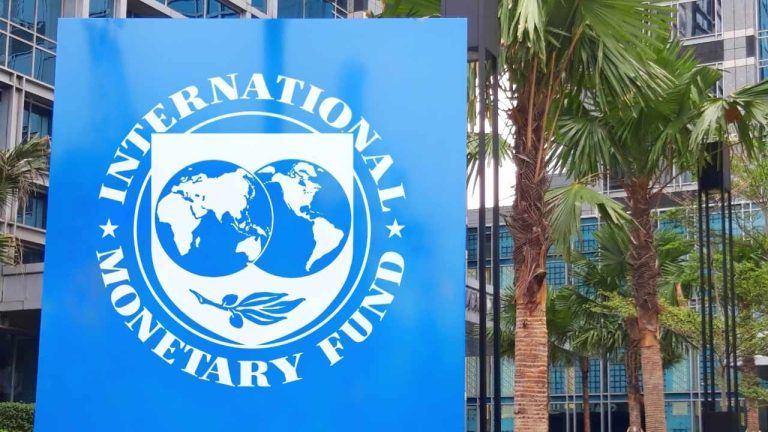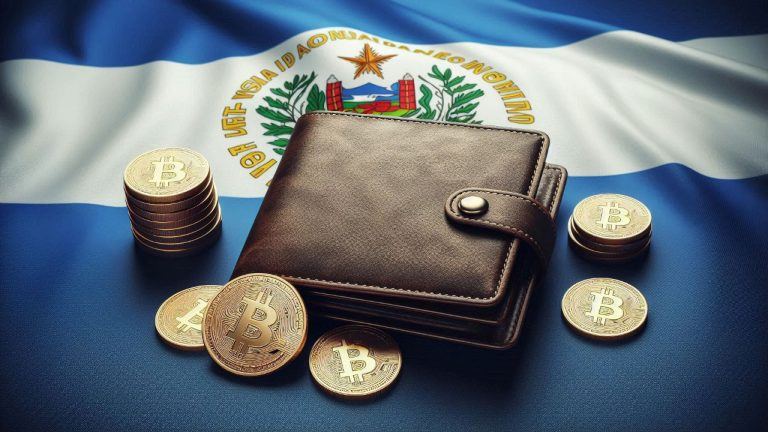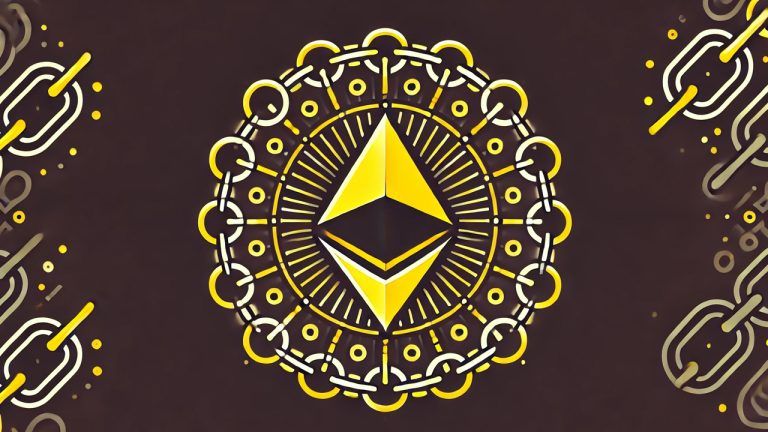
USDC’s massive growth in 2024 marked the stablecoin’s steady recovery following a 45% market cap drop associated with the Silicon Valley Bank collapse in 2023.
Circle’s USD Coin stablecoin outpaced all other stablecoins in terms of market capitalization growth in 2024, after a decline in 2023.
The circulation of USD Coin (USDC) grew 78% year-over-year, outpacing the growth rate of all global stablecoins, Circle said in its third annual State of the USDC Economy Report released on Jan. 14.
“The growth of USDC in 2024 can be attributed to a combination of factors: the maturing regulatory clarity across major markets, the scalability of blockchain infrastructure, and our relentless focus on trust, transparency and utility,” a spokesperson for Circle told Cointelegraph.
 Telegram founder Pavel Durov has clarified the platform’s privacy policies, emphasizing that no significant adjustments have been made regarding how Telegram handles user data. He revealed that since 2018, Telegram has disclosed IP addresses and phone numbers of criminals when legally required. Durov stressed that this is a longstanding policy, ensuring compliance without compromising the […]
Telegram founder Pavel Durov has clarified the platform’s privacy policies, emphasizing that no significant adjustments have been made regarding how Telegram handles user data. He revealed that since 2018, Telegram has disclosed IP addresses and phone numbers of criminals when legally required. Durov stressed that this is a longstanding policy, ensuring compliance without compromising the […] Indian crypto exchange Wazirx has secured a four-month moratorium granted by a Singapore court, providing time for the company to address its financial obligations while crafting a resolution plan. Wazirx explained that as part of the court’s conditions, it will “make wallet addresses public via a court affidavit, respond to user queries raised in the […]
Indian crypto exchange Wazirx has secured a four-month moratorium granted by a Singapore court, providing time for the company to address its financial obligations while crafting a resolution plan. Wazirx explained that as part of the court’s conditions, it will “make wallet addresses public via a court affidavit, respond to user queries raised in the […] California Attorney General Rob Bonta has announced a $3.9 million settlement with Robinhood Crypto for restricting cryptocurrency withdrawals and not fully disclosing trading practices. The settlement marks the first public action by California’s Department of Justice against a cryptocurrency firm. As part of the settlement, Robinhood must allow customers to withdraw cryptocurrencies to their own […]
California Attorney General Rob Bonta has announced a $3.9 million settlement with Robinhood Crypto for restricting cryptocurrency withdrawals and not fully disclosing trading practices. The settlement marks the first public action by California’s Department of Justice against a cryptocurrency firm. As part of the settlement, Robinhood must allow customers to withdraw cryptocurrencies to their own […] A London high court has announced a global asset freeze targeting Onecoin’s co-founder Ruja Ignatova and associates. Over 400 investors sought this legal action after losing millions in the Onecoin cryptocurrency scam. The asset freeze prevents further movement of Ignatova’s wealth, possibly aiding victims’ compensation. Onecoin’s Ruja Ignatova Faces Global Asset Freeze Amid Investor Lawsuit […]
A London high court has announced a global asset freeze targeting Onecoin’s co-founder Ruja Ignatova and associates. Over 400 investors sought this legal action after losing millions in the Onecoin cryptocurrency scam. The asset freeze prevents further movement of Ignatova’s wealth, possibly aiding victims’ compensation. Onecoin’s Ruja Ignatova Faces Global Asset Freeze Amid Investor Lawsuit […] The International Monetary Fund (IMF) has reported progress in negotiations with El Salvador on policies to strengthen public finances, boost bank reserves, improve governance, and address bitcoin risks. Although many BTC risks haven’t materialized for El Salvador, the IMF stated that both parties agree on the need for enhanced transparency and measures to ensure fiscal […]
The International Monetary Fund (IMF) has reported progress in negotiations with El Salvador on policies to strengthen public finances, boost bank reserves, improve governance, and address bitcoin risks. Although many BTC risks haven’t materialized for El Salvador, the IMF stated that both parties agree on the need for enhanced transparency and measures to ensure fiscal […]

The ZKX team’s shutdown serves as a reminder of the critical role that transparency and accountability play in the success and stability of cryptocurrency projects.
The recent shutdown of ZKX has sent ripples through the cryptocurrency community, prompting investor and market maker Amber Group to share its perspective and crucial information to promote transparency and support the community.
In a post on the X social platform, Amber Group disclosed that the announcement on July 30 that ZKX would cease operations shocked Amber Group as it did to the broader crypto community.
The firm noted that it has been closely involved with ZKX as a market maker, facilitating liquidity during the token generation event (TGE) held on June 19.
 Chivo Wallet, the official Bitcoin wallet of the Salvadoran government, has been operating without presenting any of its financial balances to the National Registry Center (CNR). While Chivo is a private company managed by El Salvador’s government and is not legally required to disclose its activities, it has failed to file its balances annually as […]
Chivo Wallet, the official Bitcoin wallet of the Salvadoran government, has been operating without presenting any of its financial balances to the National Registry Center (CNR). While Chivo is a private company managed by El Salvador’s government and is not legally required to disclose its activities, it has failed to file its balances annually as […] This week, the open-source bitcoin explorer and onchain parser, mempool.space, unveiled its new bitcoin transaction accelerator. The team shared on X that it has collaborated with several major mining pools that contribute significantly to the network’s overall hashrate. Mempool.space and Several Mining Pools Launch Bitcoin Transaction Accelerator In the past few days, the average BTC […]
This week, the open-source bitcoin explorer and onchain parser, mempool.space, unveiled its new bitcoin transaction accelerator. The team shared on X that it has collaborated with several major mining pools that contribute significantly to the network’s overall hashrate. Mempool.space and Several Mining Pools Launch Bitcoin Transaction Accelerator In the past few days, the average BTC […] 21shares announced it has integrated Chainlink’s Proof of Reserve on Ethereum mainnet to bolster the transparency of the 21shares Core Ethereum exchange-traded fund (ETF), also known as CETH. The crypto exchange-traded product (ETP) issuer said this integration aims to provide real-time visibility into the ethereum (ETH) reserves backing the ETF. 21shares Enhances CETH Transparency With […]
21shares announced it has integrated Chainlink’s Proof of Reserve on Ethereum mainnet to bolster the transparency of the 21shares Core Ethereum exchange-traded fund (ETF), also known as CETH. The crypto exchange-traded product (ETP) issuer said this integration aims to provide real-time visibility into the ethereum (ETH) reserves backing the ETF. 21shares Enhances CETH Transparency With […]